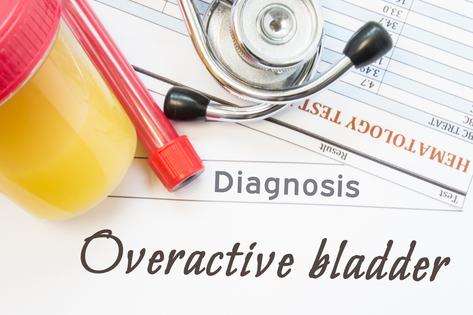Mayo Clinic Q&A: Dealing with an overactive bladder
Published in Health & Fitness
DEAR MAYO CLINIC: I am in my mid-30s and a mom of twins, and it seems that I recently developed what must be an overactive bladder. It hinders my daily activities and makes me feel embarrassed, as I often must excuse myself abruptly. I wake up multiple times at night, too. Sometimes I also seem to leak urine. Are these conditions common for women my age, and what can I do to make them more manageable?
ANSWER: An overactive bladder causes a sudden urge to urinate. The condition is common, affecting over 33 million Americans. It affects both men and women, although women are more susceptible because of pregnancy, childbirth and menopause.
With a healthy bladder, the brain signals that the bladder is getting full. When you get to a bathroom, your bladder muscles contract and force urine out of the bladder. Overactive bladder can result from the nerve signals between the bladder and the brain not functioning properly. People with overactive bladders frequently feel a sudden urge to urinate.
In general, the risk for overactive bladder increases with age. Several conditions can contribute to signs and symptoms of overactive bladder, including:
Sometimes medications, excess caffeine and incomplete bladder emptying can contribute to overactive bladder issues.
A bladder function test may be necessary to assess how your bladder is working and rule out any other issues. This test typically measures how much urine is left in your bladder after you urinate and your urine flow rate, and tests the pressure in your bladder.
The good news is that there are a variety of treatments for managing overactive bladder. A combination of treatment strategies may be the best approach to relieve overactive bladder symptoms. Depending on your situation, options can include simple behavioral modifications, physical therapy, oral medications or outpatient procedures. It is important to discuss your situation with your gynecologist or other health care provider who can refer you to a specialist to learn more about treatment options.
The urgency associated with an overactive bladder can be difficult to stop and can lead to episodes of involuntary loss of urine. This is known as urge incontinence, which may be the leaking you are experiencing. Urge incontinence is the most prominent form of incontinence among women in the U.S. Approximately 1 in 4 women over 18 report experiencing episodes of leaking urine involuntary.
Overactive bladder can cause urgency, even when the bladder is not full. The muscles of the bladder start to contract involuntarily, even when the volume of urine in your bladder is low. This creates the urgent sensation to void your bladder. Sometimes the muscle contractions occur too quickly and can cause you to pass urine, causing leakage.
It is important to note that women who have an overactive bladder also may have a disorder called mixed incontinence, when both urgency and stress incontinence occur. Stress incontinence is the unintentional loss of urine prompted by physical movement or activity that puts pressure on your bladder, such as coughing, sneezing, laughing or exercising. Depending on when you experience urine leaks, this may be the cause.
Talking with your gynecologist or health care provider about the details can help determine if your leaking is related to overactive bladder urgency or stress incontinence.
Although overactive bladder and urinary leaking can be disruptive, maintaining a healthy lifestyle, including regular physical activity and exercise with core strengthening, is important. Also, although it may seem counterintuitive, drinking plenty of water is important, so that your body and muscles function regularly. You also can ease overactive bladder symptoms by limiting consumption of caffeine and alcohol, and quitting smoking. — Compiled by Mayo Clinic staff
(Mayo Clinic Q & A is an educational resource and doesn’t replace regular medical care. E-mail a question to MayoClinicQ&A@mayo.edu. For more information, visit www.mayoclinic.org.)
©2022 Mayo Foundation for Medical Education and Research. All Rights Reserved. Distributed by Tribune Content Agency, LLC.







Comments